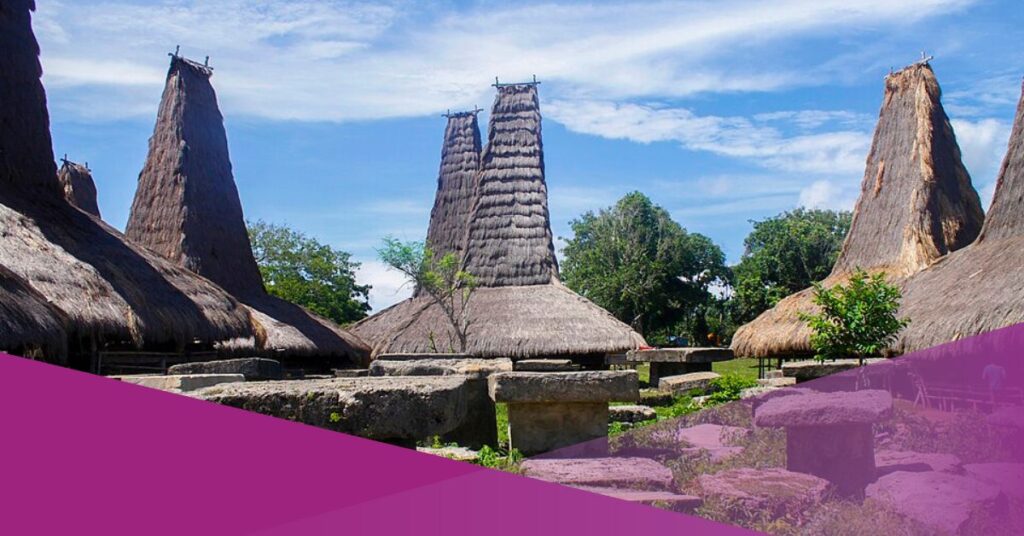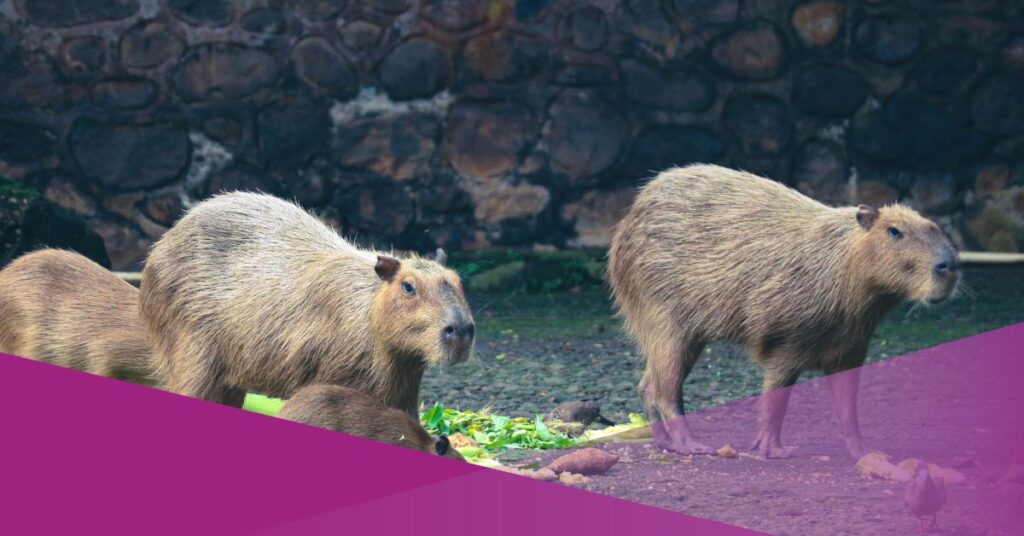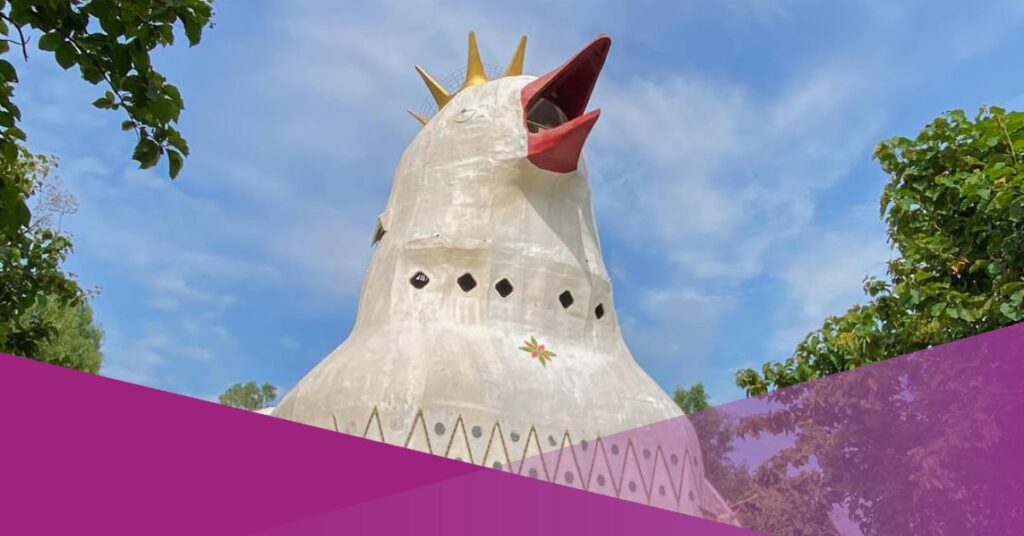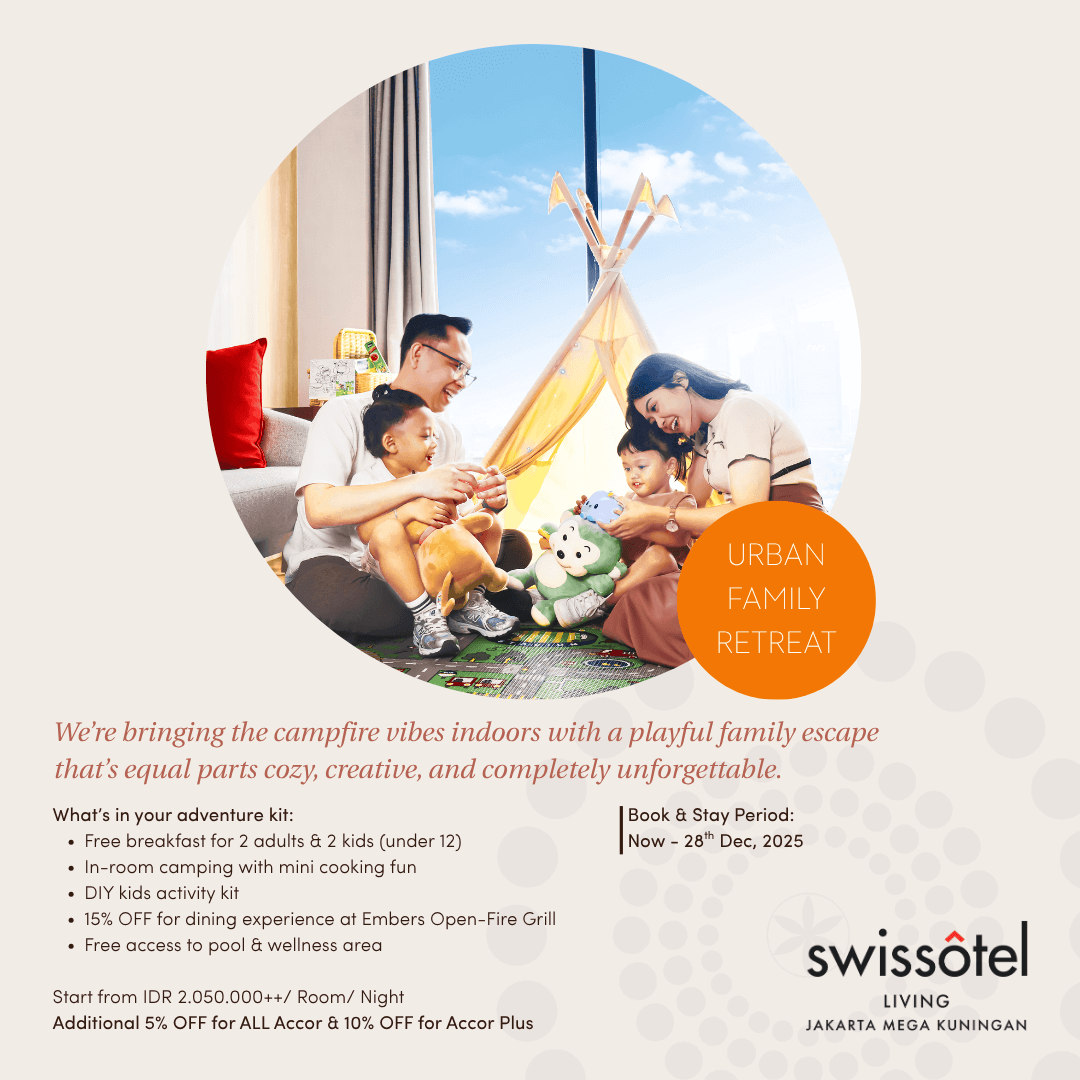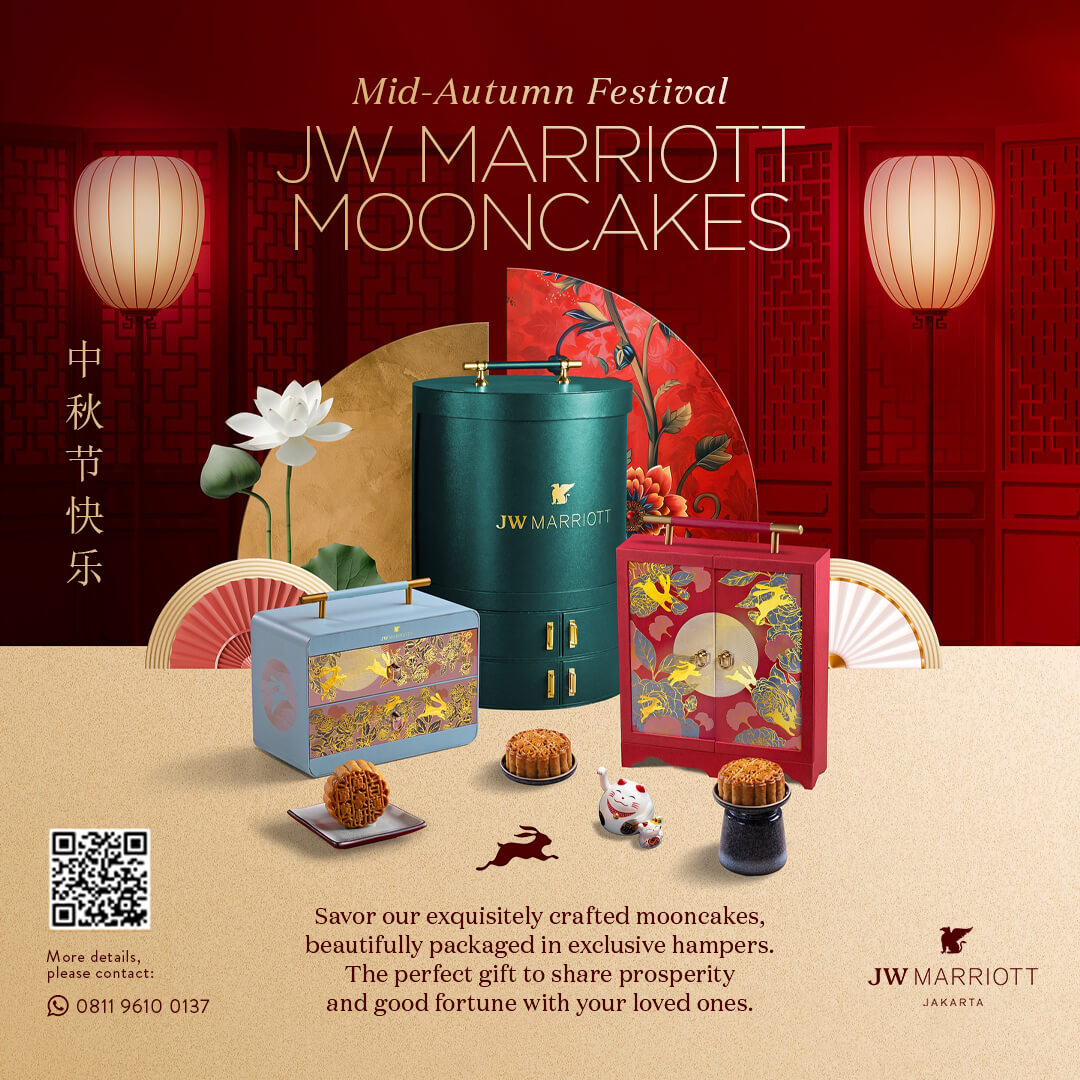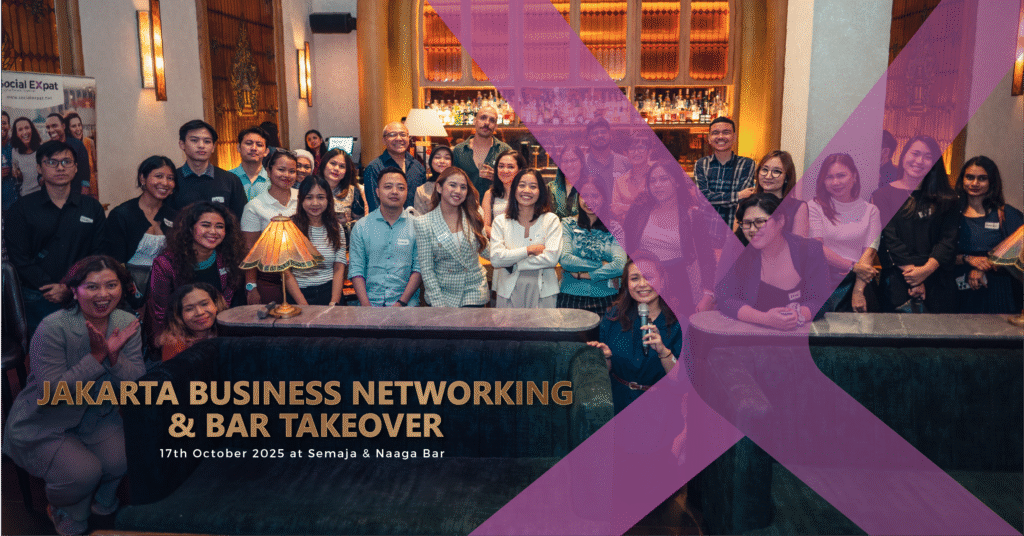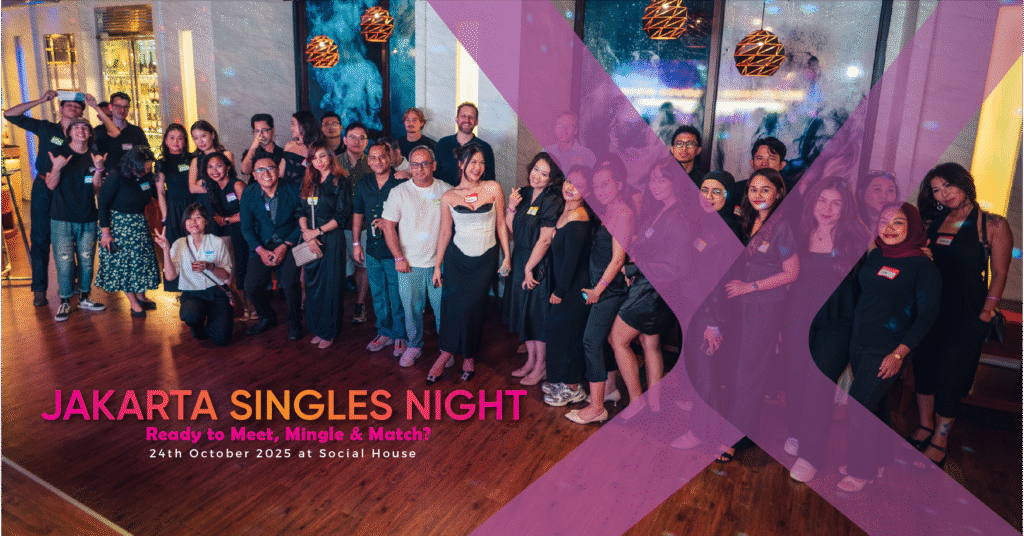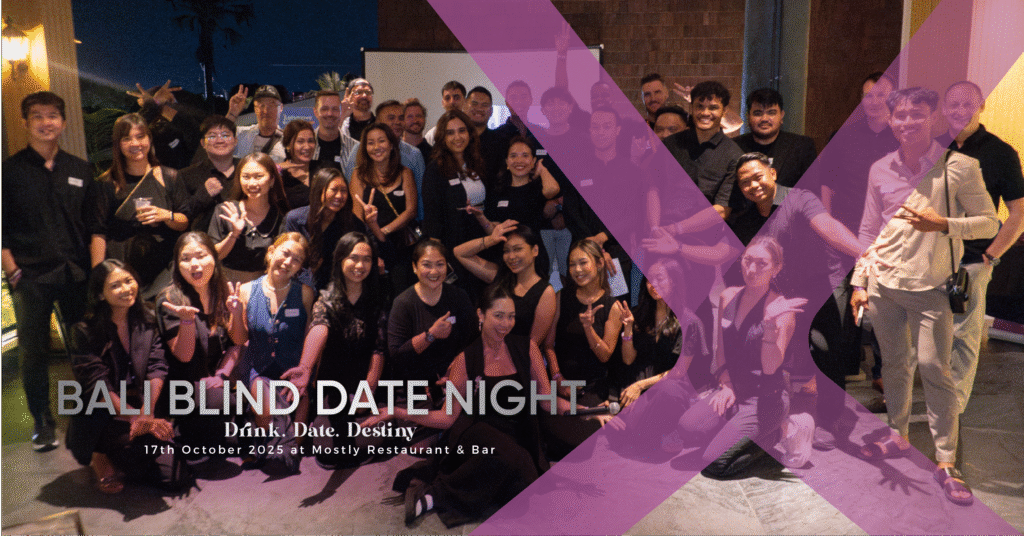Indonesia, known for its vast archipelago, comprises over 16,000 islands stretching from Sabang to Merauke (BPS, 2019).
Among these, Sumba Island stands out as a region that is not only rich in natural beauty but also in cultural depth.
A Guide to Ratenggaro Village: Heritage and Breathtaking Beauty in Sumba, Indonesia
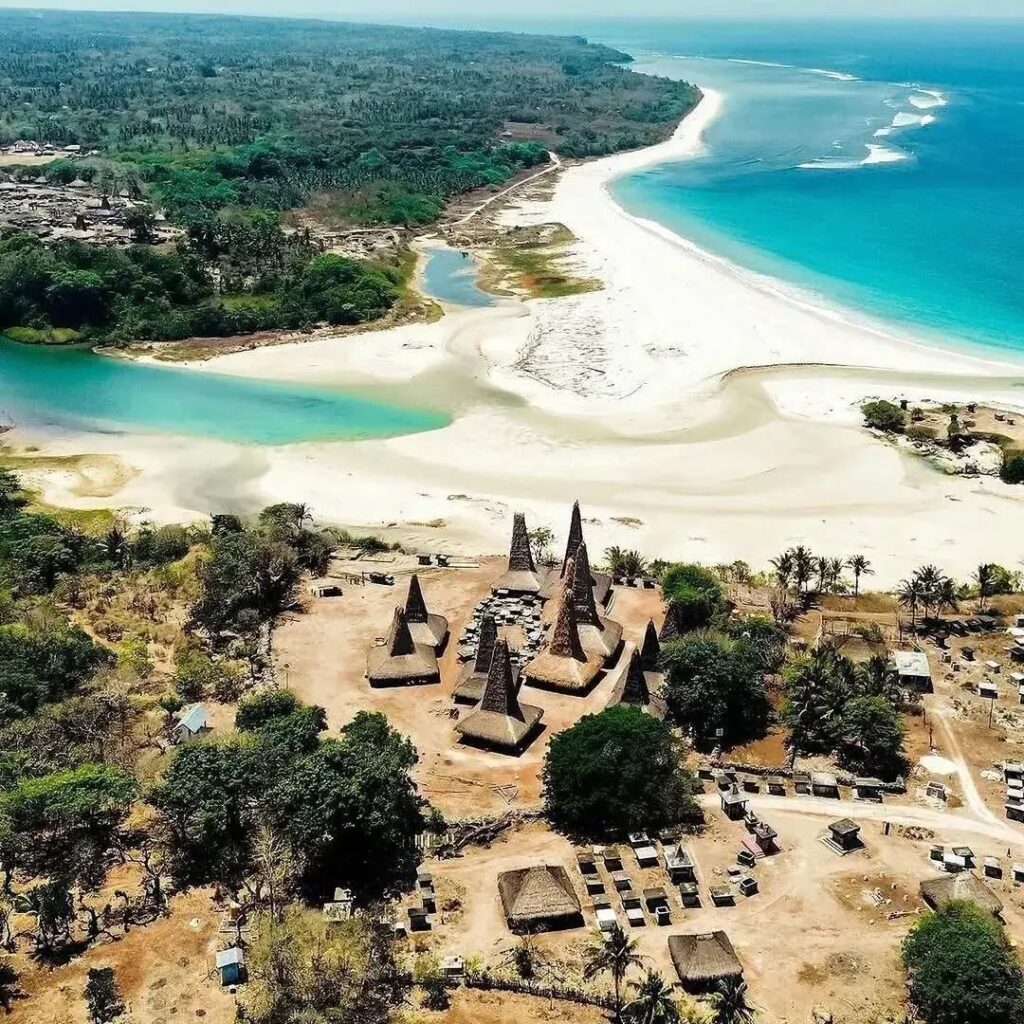
Recognised by Focus Germany magazine in 2018 as one of the most beautiful islands in the world, Sumba is an ideal destination for travellers seeking authenticity and tradition. This place has beauty that cannot be seen anywhere else in the world.
Other than natural attractions such as beaches, lakes, waterfalls and stunning savanna hills, never forget the traditional villages of Sumba.
Notably, the island is home to Ratenggaro Traditional Village, one of the most significant cultural villages in Umbu Ngedo Village, Southwest Sumba Regency, East Nusa Tenggara (NTT). This village is currently the center of attention due to the extortion of tourists.
Understanding the History of Ratenggaro Village in Sumba
Ratenggaro Traditional Village or Desa Adat Ratenggaro is located in Maliti Bondo Ate Village, Kodi Bangedo District, at the southern tip of Sumba Island.
The name “Ratenggaro” is derived from two local words: “rate”, meaning grave, and “Garo”, referring to the tribe that once lived in the area. In the center of the village, you’ll notice neatly arranged megalithic tomb, proving the settlement dates back to the era.
According to local legend, the Garo tribe was decimated in a tribal conflict, and the victims were buried in the area now known as Ratenggaro.
In the Sumbanese language, “Ratenggaro” is derived from “rate,” meaning “grave,” and “nggaro,” referring to “the tribe or people of Garo.” This ancient village on the southwestern coast of Sumba Island is renowned for its unique traditional houses with soaring horn-shaped roofs that tower up to 20 meters high.
These towering structures are not just architectural wonders but also serve as cultural symbols, with each house divided into four different sections and functions. The highest part of the house is dedicated to the spiritual realm, often used for sacred rituals and storing heirlooms, while the lower sections serve as living space and areas for keeping cattle and livestock.
This thoughtful layout reflects the community’s deep connection to both daily life and spiritual beliefs.
Despite modern controversies, including reports of tourist extortion, the intrinsic value of Ratenggaro remains intact. The village continues to attract both domestic and international tourists due to its rich cultural heritage and remarkable traditional architecture.
Characteristics of Ratenggaro Village: Architectural Uniqueness
The architectural style of Ratenggaro is one of its most defining features. Houses are built on stilts and topped with tall, conical roofs that symbolise a connection to the ancestors. In Ratenggaro, the roofs can soar up to 10 to 15 meters high.
It is a key element in the local Marapu belief system. Marapu is the ancestral worship practice upheld by the indigenous people of Sumba, and it significantly influences their architecture, rituals, and way of life.
Each home in the village serves not only as a residence but also as a sacred space for worship. The height of the roof often indicates the social status of the family and their closeness to the spiritual realm.
In addition to individual homes, the village layout includes four sacred houses known as Uma Katode Kataku, Uma Kalam, Uma Katode Kuri, and Uma Katode Amahu. These represent the four cardinal directions and are placed in a configuration that has remained unchanged for generations. Every building is constructed using natural materials such as wood, bamboo, and thatch, reflecting the community’s close relationship with nature.
Things to Do in Ratenggaro Traditional Village
Tourists to this ancient village have several culturally immersive activities to enjoy:
- Photography: Capture the village’s unique architecture by renting traditional Sumba clothing and even a horse to enhance your photos.
- Cultural Interaction: Engage with local residents and learn about their customs and traditional practices.
- Handicraft Shopping: Purchase handwoven traditional fabrics, a hallmark of Sumbanese craftsmanship.
- Horse Riding: Experience the open landscape on horseback, a customary mode of transport in rural Sumba.
Unique Features and Cultural Practices
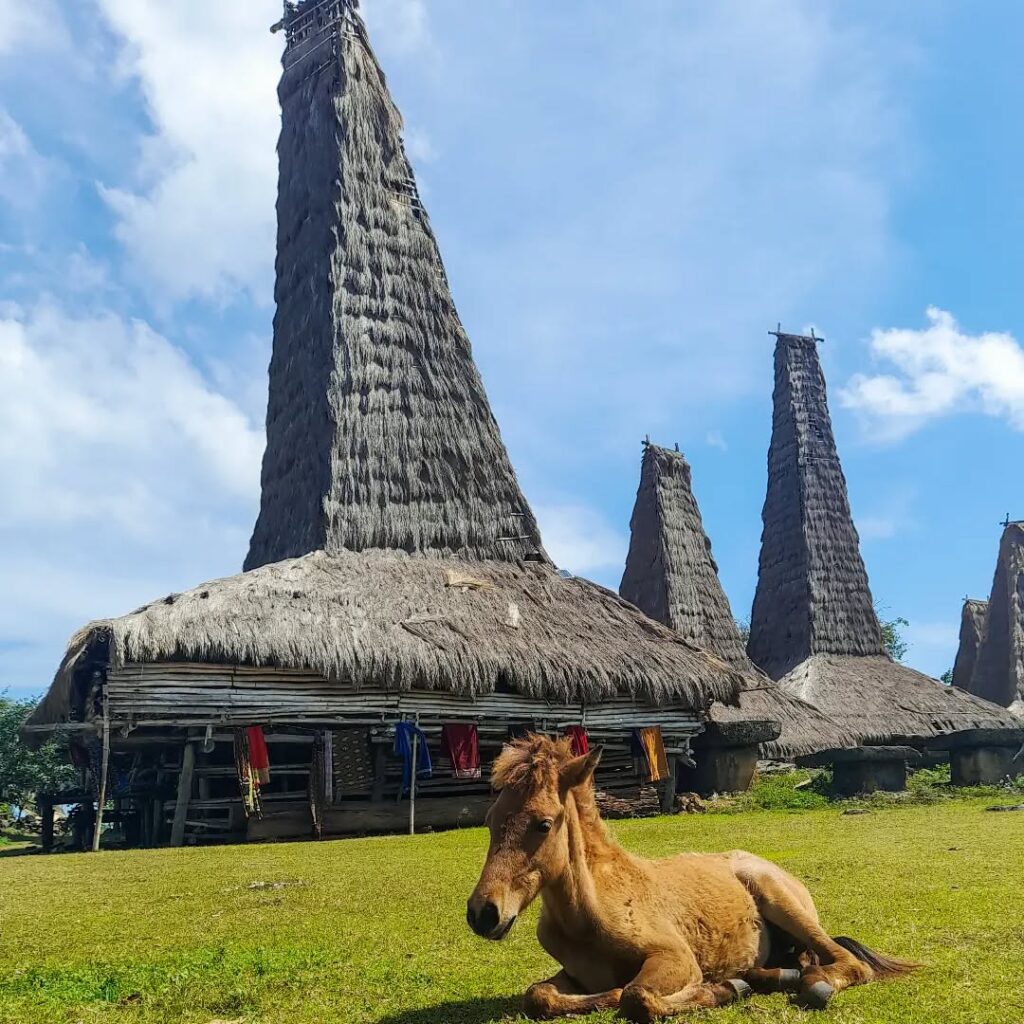
Ratenggaro is also notable for its megalithic graves, with more than 300 stone graves scattered across the village. These flat-table menhirs, supported by stone pillars, mark the resting places of those who died in past tribal wars. Four of these menhirs are considered especially important, serving as territorial markers.
Before constructing a traditional house, villagers observe specific rituals to seek blessings from their ancestors. This cultural protocol demonstrates the community’s deep spiritual connection and respect for lineage.
Getting to Ratenggaro Traditional Village
To reach Ratenggaro Traditional Village, you must first travel to Tambolaka City, the capital of the Southwest Sumba Regency. Tambolaka is accessible via Lede Kalumbang Airport, which accommodates domestic flights, including those from Jakarta.
From Tambolaka, Ratenggaro is approximately 56 kilometres away and can be reached in about 1 to 1.5 hours by rented vehicle or local travel services. The roads are paved and in good condition, making the journey relatively straightforward.
Accommodation Options
There are no formal hotels within the village itself. However, several homestays run by local residents are available in the surrounding area. These offer a more authentic, albeit basic, experience of local life.
Tourists should be prepared for minimal facilities, including limited electricity, no internet access, and no hot water. It is advisable to bring essential personal items and supplies for comfort.
Hotels with more amenities can be found back in Tambolaka City and nearby areas.
Entry Fees and Other Costs
To support the local community and preservation efforts, tourists are required to pay a modest entrance fee:
- Local tourists: IDR 20,000
- Foreign tourists: IDR 50,000
Additional optional costs include:
- Car parking: IDR 10,000
- Traditional clothing rental: IDR 50,000
- Horse riding experience: IDR 50,000
- Drone photography ticket: IDR 75,000
Visitors are encouraged to bring sufficient cash, as there are no ATMs in the immediate vicinity.
Trip to Sumba: Travel Tips and Visitor Advice
While the village offers a warm welcome to most travellers, it is recommended to:
- Be cautious and respectful of local customs and rules.
- Avoid visiting unaccompanied by a guide, particularly if it’s your first time.
- Consider hiring a local tour guide to facilitate cultural interaction and provide insights.
- Take steps to avoid any issues related to unauthorised charges or extortion — pre-agree costs and services whenever possible.
Ratenggaro Beach Area, a white-sand beaches
Ratenggaro Beach is located next to the Ratenggaro Village and is known for its tranquil atmosphere and natural scenery. The beach is surrounded by lush green grass and beautiful trees, adding to its refreshing ambience. In addition, it is renowned for its white sand and stunning views of the blue sea.
The waves at Ratenggaro Beach are suitable for surfing. Their consistent and challenging nature makes this beach an ideal spot for those wishing to test their skills and courage on a surfboard.
Moreover, visitors will find the stone tombs lining the beach. These ancient graves vary in shape and size, with a total of 304 stone tombs recorded, three of which have particularly unique forms.
To enter Ratenggaro Beach, visitors are required to pay an entrance fee of IDR 15,000. However, please note that ticket prices and other fees may change at any time depending on local management policies.
Ratenggaro Traditional Village remains a captivating destination in Southwest Sumba Regency, offering a rare glimpse into the traditional way of life on Sumba Island. The village’s combination of spiritual beliefs, unique architectural styles, and megalithic relics makes it a valuable cultural heritage site worth exploring.
Whether you are a cultural enthusiast, a history buff, or simply a curious traveller, this village provides a meaningful and memorable experience. One that reflects the soul of Sumba and the enduring traditions of its people.
Cover: Allwyn Wawyn_wikimedia commons
Find this article helpful? Check out our other articles from Social Expat for more Travel Tips!
- Top Locations to Watch the Sunset in Seminyak, Bali in 2025
- Where to Enjoy the Most Beautiful Sunset in Jimbaran: 5 Best Spot
- Top Things to Do in Amed, Bali: A Guide to Amed, Exploring This Destination
